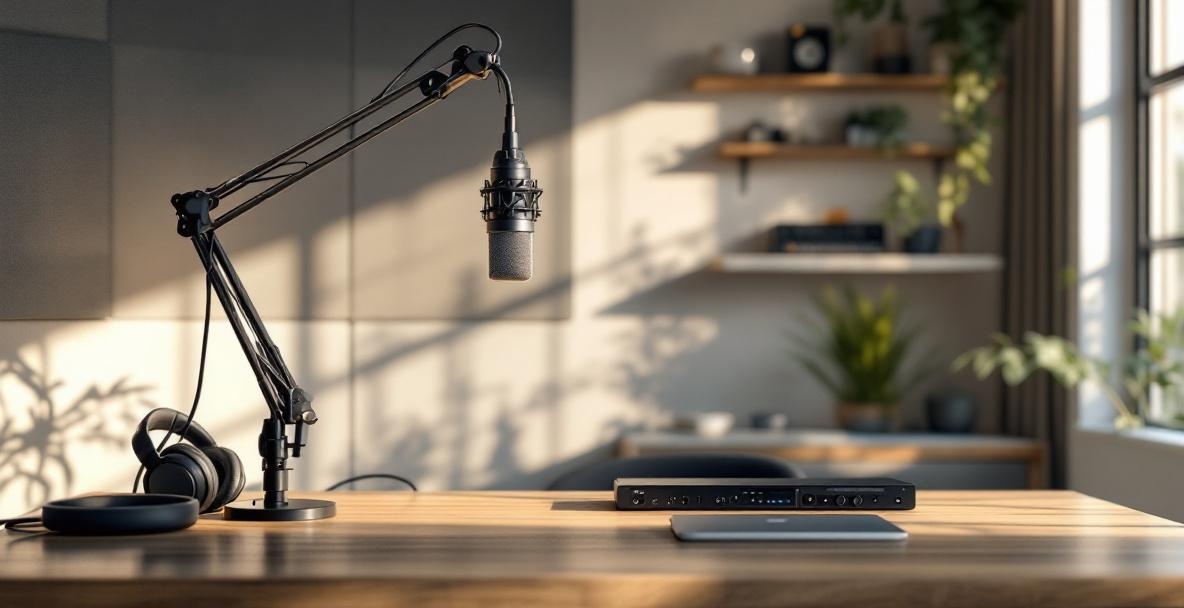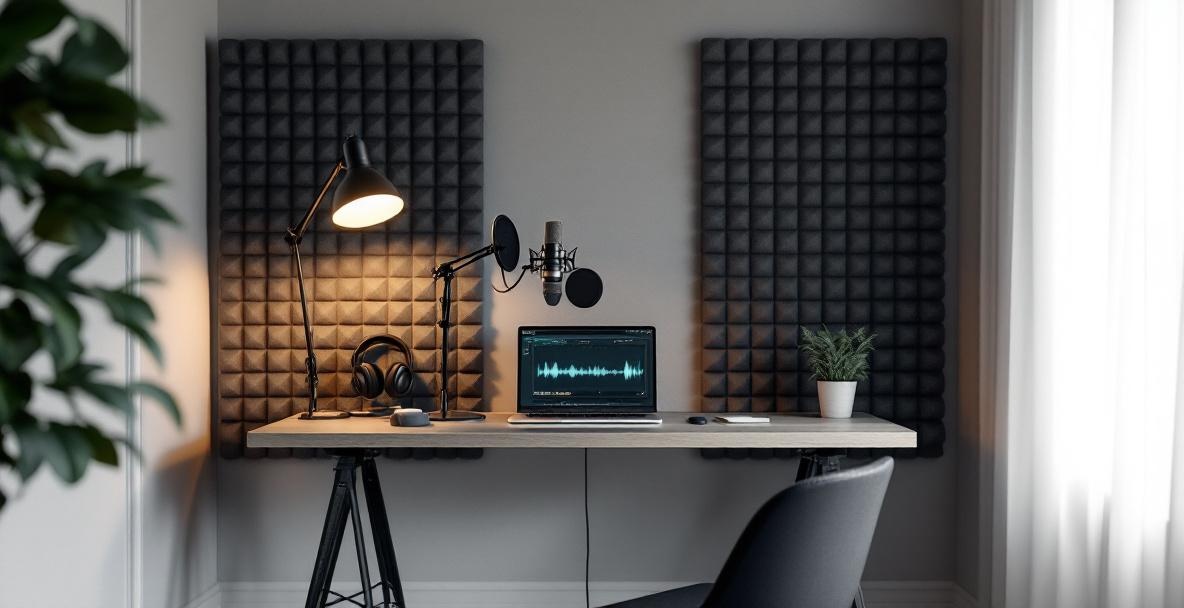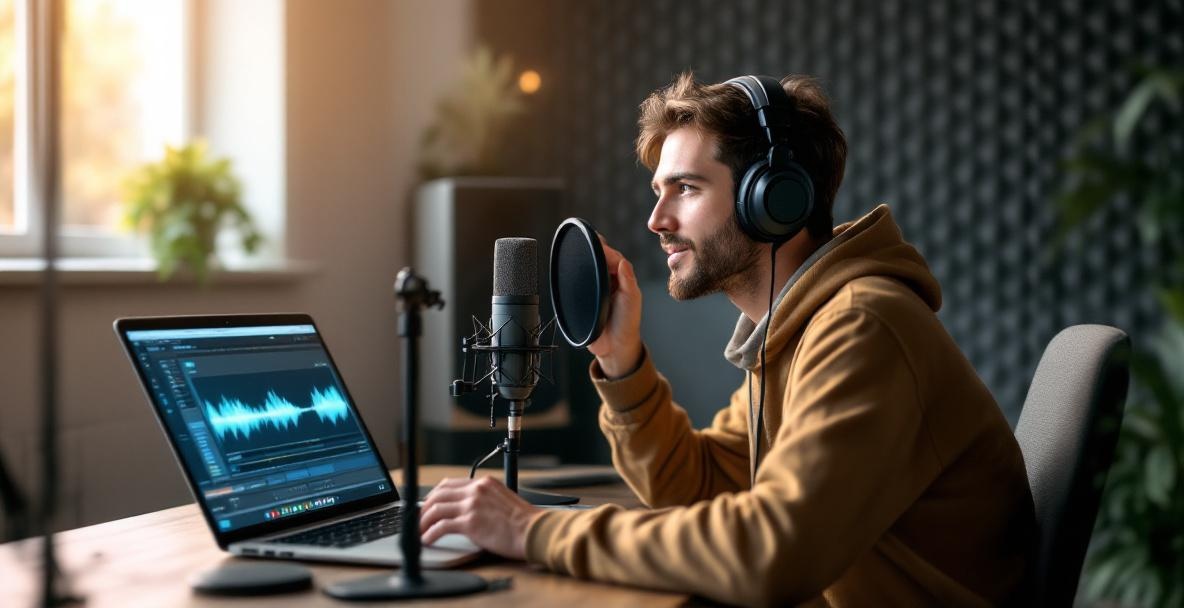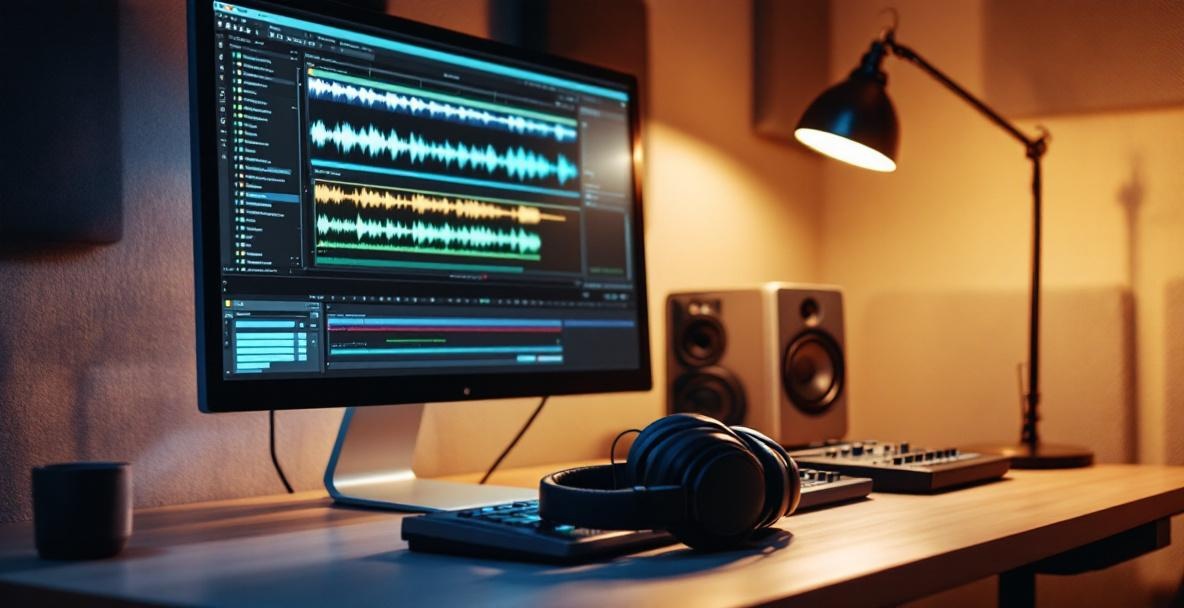Ever hit play on a podcast only to get distracted by crackling static or muffled voices? You know that good audio quality turns a casual listen into an experience that feels personal and engaging. When your listeners struggle with echoes or unclear speech, even the best content can go unnoticed. The best part is you don’t need a fancy studio to achieve great sound; a few smart changes in your setup and technique can make a huge difference and keep your audience coming back.
Why Great Audio Makes a Difference

Clear audio is the heartbeat of every memorable podcast. When your message comes through crisp and friendly, your voice connects with listeners right away. Studies show that people decide on a podcast’s credibility within seconds, and clear audio builds trust. If the sound quality falters, listeners might lose interest before they even hear your ideas. Better sound not only reduces fatigue but also makes your episodes more likely to be shared, helping you stand out among countless shows.
Getting Your Recording Space Just Right

Your recording space sets the stage for every episode you create. Even the best microphone will struggle in a noisy or echo-filled room, so choosing a quiet spot is key to capturing professional sound. A small, cozy room that is shielded from busy streets or loud appliances works wonders. Spend a few minutes walking around your potential space while really listening; you might be surprised by the hidden noises that could interrupt your recording. A well-chosen space makes it easier for your voice to shine.
Choosing the Best Room for Recording
Look for a room that offers both comfort and quiet. Avoid areas that are close to traffic or noisy devices. Smaller rooms typically help keep echoes in check, unlike large open spaces that bounce sound around. Check the surfaces too; bare walls or windows can reflect sound, while softer surfaces like curtains or carpet help absorb unwanted noise. Finding a consistent, quiet room means you can focus on your message without distractions.
Affordable Ways to Improve Room Acoustics
Improving your room’s sound doesn’t require an expensive makeover. Simple items you already own, such as heavy blankets, pillows, or even a well-placed rug, can cut down on echo and background noise effectively. Try hanging thick blankets on your walls or draping fabric over chairs to create a cozy recording nook that naturally dampens sound. If you want a longer-term solution without overspending, consider adding a few acoustic foam panels in key spots where sound bounces. Even a bookshelf full of books or some canvas artwork can help control reflections and boost your recording quality.
Picking the Perfect Microphone
Your microphone is the tool that captures your voice, so picking the right one matters a lot. It is not about buying the most expensive gear but about matching your mic to your needs and room. A good mic paired with proper technique creates clear, engaging sound that draws in your audience. Consider your recording environment and personal style before making a choice.
Comparing Dynamic and Condenser Mics
Dynamic microphones are built to handle less-than-perfect rooms and work well when there is background noise around. They capture your voice with a warm tone and help hide minor imperfections in your space. Condenser microphones, however, pick up every detail and can make your recordings sound crisp if you have a quiet, well-treated room. They are more sensitive and might capture ambient noises you do not want. For many podcasters just getting started, a dynamic mic is a great choice to keep things simple and effective.
Budget-Friendly Mic Choices
You don’t have to spend a fortune to sound great. Models like the Audio-Technica ATR2100x-USB and Samson Q2U are trusted by many because they work with both USB and XLR connections and grow with your needs. If your budget lets you explore a bit further, the Rode PodMic or Shure SM58 offer durability and excellent sound quality for years to come. Even if you lean toward a condenser mic, the Blue Yeti is a popular option enough to consider if your space is quiet. In the end, technique and environment often matter more than the price tag.
Nailing Your Mic Technique for Clear Sound

Even with the best mic and room, the way you use your voice plays a huge role in the final sound. A little practice with good mic technique can take your recording from ordinary to vibrant and clear. Adjusting your distance, position, and volume throughout your session will make your podcast come alive. It might take a few trials to find your sweet spot, but the effort pays off in a more consistent and engaging episode.
Finding the Right Spot for Your Mic
Positioning matters when it comes to capturing your best voice. Stay about 4 to 6 inches away from your mic so that your sound comes through full and natural without unwanted bass or popping noises. It helps to speak directly into the mic instead of off to the side, ensuring every word is recorded in its full richness. Using a mic stand rather than holding the mic by hand keeps your placement steady and avoids any extra noise. In group recordings, giving each speaker their own mic can create a much cleaner mix.
How to Keep Your Voice Steady and Clear
Keeping a steady volume and consistent distance from your mic can make all the difference in how your podcast sounds. Practice speaking naturally and keep movements to a minimum so that your voice stays in the perfect zone. Try positioning your mic a little above your mouth to lower the chance of pops, and consider adding a pop filter if needed. Staying hydrated and doing a few warm-up exercises can also help your voice sound smooth and inviting. If you want to dive even deeper, you might check out tips on proper microphone techniques for podcasting and even explore specialized mic techniques that pros use to keep their recordings spot on. For a broader look at improving your sound, learning understanding microphone techniques can guide you further.
Fine-Tuning Your Audio with Smart Editing

After recording, editing is the secret ingredient that transforms raw audio into exceptional sound quality. With the right software and a careful ear, you can smooth out any rough spots and let your voice shine through. Whether you choose a free tool like Audacity or a budget-friendly digital audio workstation like Reaper, the goal is to remove distractions and highlight the natural warmth in your recordings. This extra step makes your podcast sound polished without losing its authentic feel.
Must-Have Tools for Editing Your Podcast
Good editing software gives you more than just a basic trim. Look for programs that offer noise reduction, equalization, compression, and normalization to help balance your sound. These tools work together to smooth out your audio and keep the volume even throughout your episode. It also helps to use a pair of quality studio headphones so you can catch any tiny issues that might otherwise go unnoticed. Choosing tools that are easy to use means you can spend more time perfecting your content and less time wrestling with complicated setups.
Simple Steps to Polish Your Audio
Begin editing by cutting out long pauses and unwanted background noises so that only the best parts of your voice remain. Use gentle noise reduction to remove constant hums from fans or air conditioning without making your voice sound artificial. Applying a high-pass filter can clean up any low rumble, while compression evens out the differences between loud and soft parts of your conversation. Finally, adjust the overall volume to match industry standards so that your podcast sounds consistent from start to finish. These subtle edits add up to a final audio mix that feels inviting and natural.
Wrapping It All Up
Improving your podcast’s sound does not mean splurging on expensive gear. Instead, take pride in setting up a quiet recording space and choosing a mic that works perfectly for you. Practice speaking with good mic technique and spend some time on editing to create audio that keeps listeners engaged and coming back. Every small tweak adds up, transforming your recordings into inviting episodes that stand out. Ready to take your podcast to the next level beyond just audio quality? Visit Castee today to discover our comprehensive podcast marketing solutions that help you grow your audience, engage your community, and track your success with powerful analytics tools designed specifically for podcasters. Our platform seamlessly integrates with your existing workflow while providing the marketing power you need to transform great content into a thriving podcast brand.
Leave a Reply